A magnificent country manor house that comes with an illegally-built 13th century castle
Barnwell Manor — until recently the home of the Duke and Duchess of Gloucester — has an incredible wealth of tales to tell. Penny Churchill takes a look.
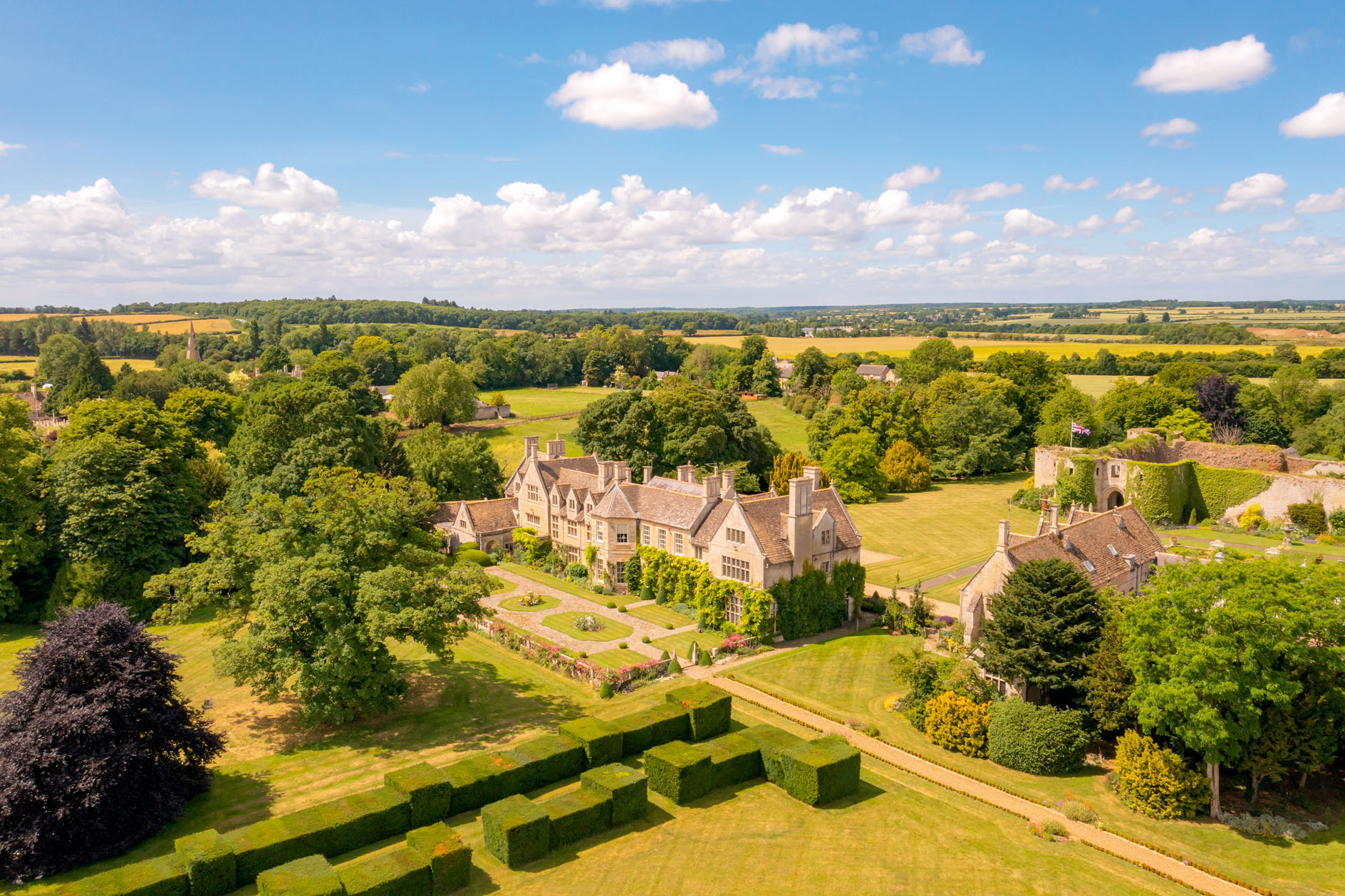

Freshly launched onto the market is one of Northamptonshire’s landmark country houses, Grade II- listed Barnwell Manor, with its Grade I-listed castle ruins set in 27 acres of gardens and parkland, half a mile north of Barnwell village, which is separated from the market town of Oundle by the River Nene.
Crispin Holborow of Savills seeks ‘offers in excess of £4.75 million’ for the main house, plus a Grade II-listed stone coach house, which forms three sides of a courtyard with five stables, a hay barn and garaging and workshops, with development potential.
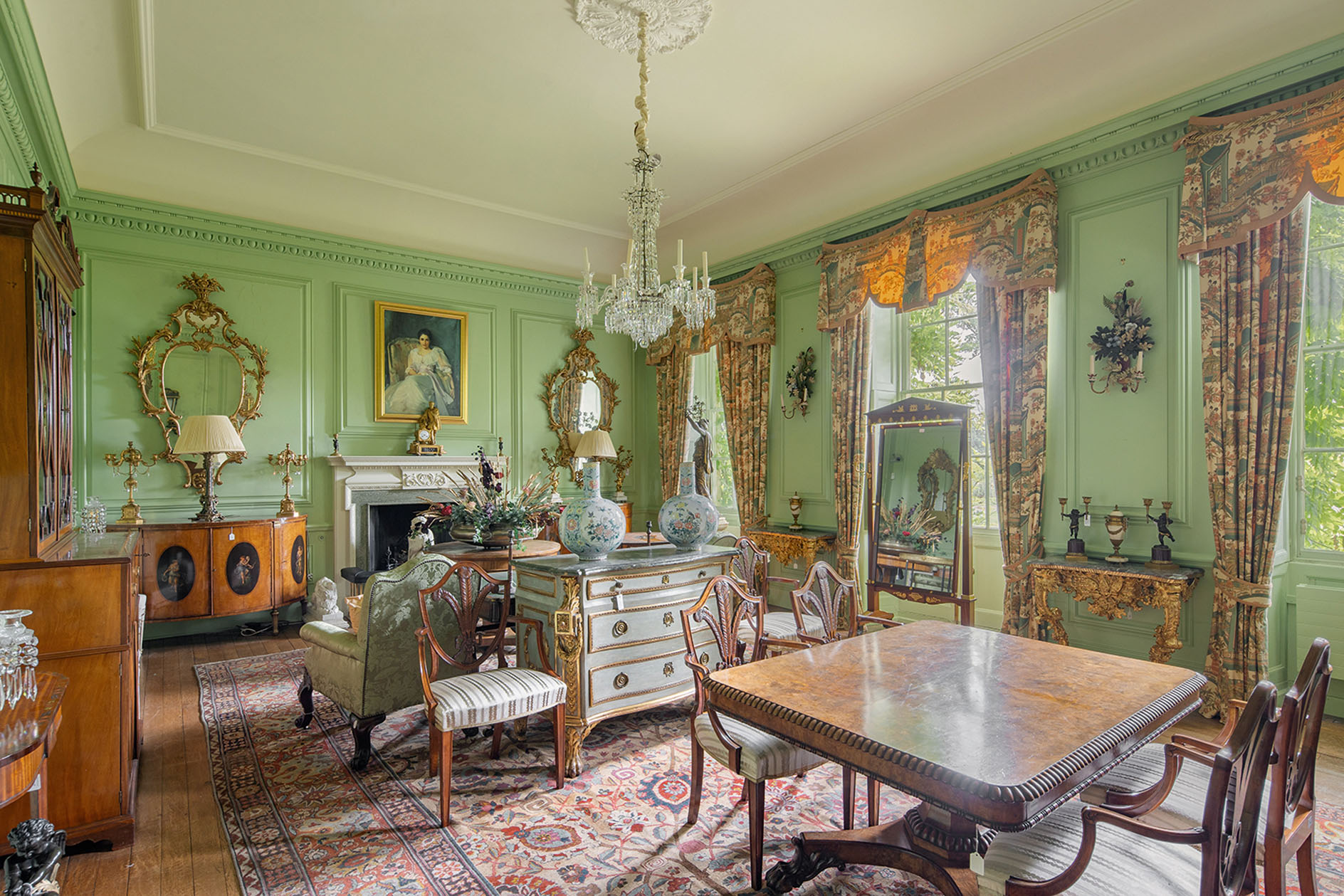
And for those who are keen to take on something even more historic, there is another selling point: within the grounds is Grade I- listed Barnwell Castle, illicitly built in 1266 by Berenger Le Moyne. When an inquiry discovered that Le Moyne had built the castle without permission, he was ordered to hand it over to the Abbots of Ramsey, who retained it until the Dissolution.
The castle is currently on the English Heritage At Risk register and subject to an ongoing scheme of works. Further details are available from the selling agents.
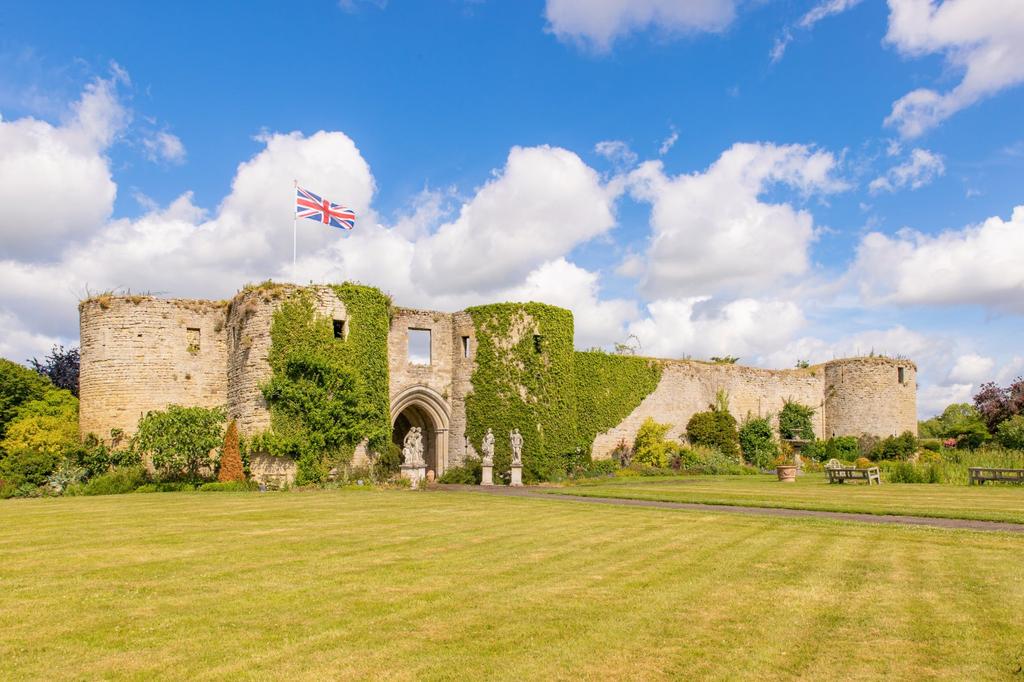
The rambling stone manor house at the heart of the property was built, according to its listing, for the Montagu family in the late 16th or early 17th century and altered or extended in the mid 18th century, late 18th/early 19th century and late 19th/early 20th century, with remodelling by Sir Albert Richardson in 1938. That work in the 1930s was prompted by the late Duke and Duchess of Gloucester, who commissioned the Richardson — a president of the Royal Academy and the founder of the Georgian Group — to renovate the manor.
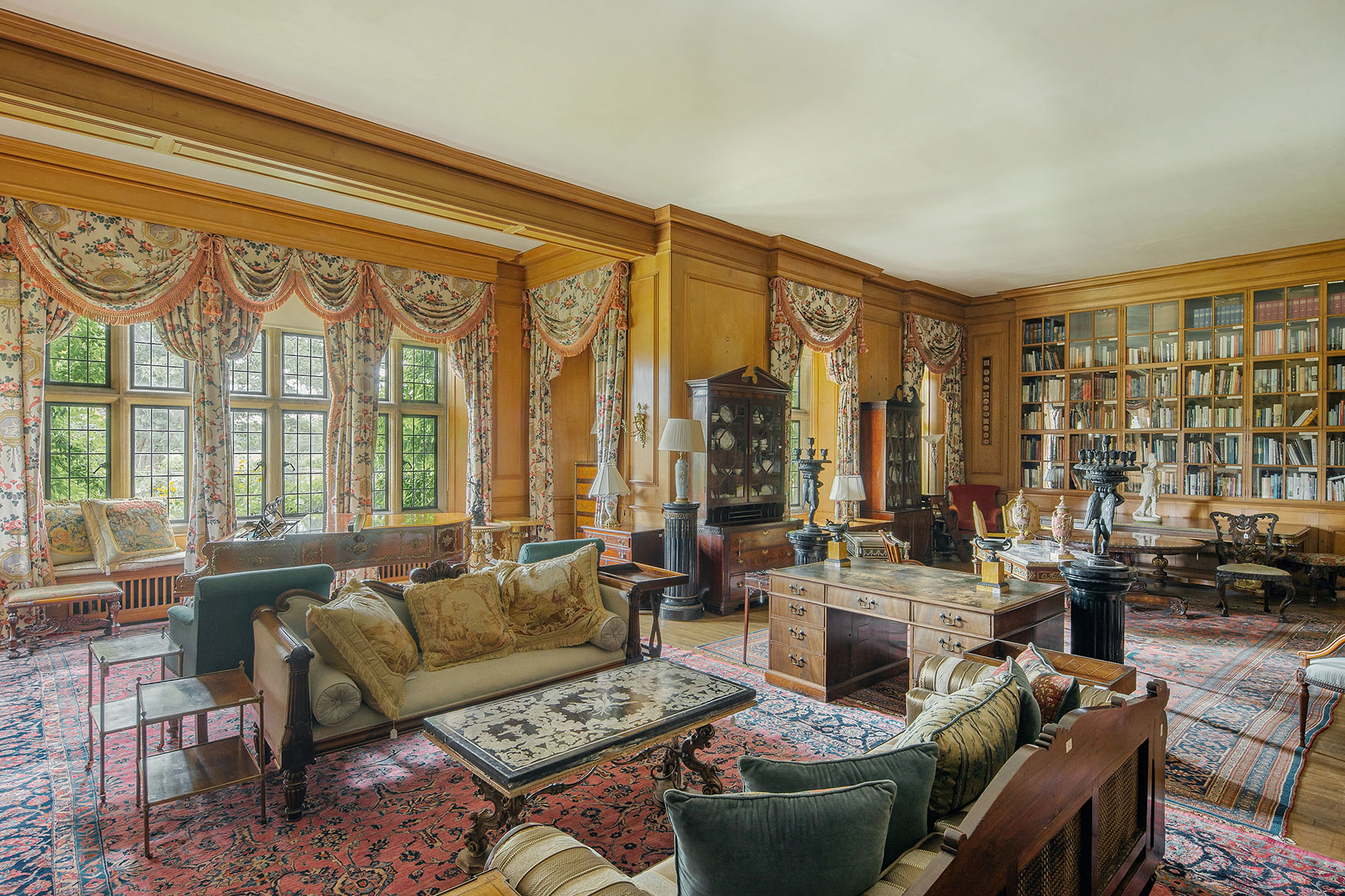
Today, this fine house boasts four ornate reception rooms with southerly views of the gardens and parkland, eight principal bedrooms and extensive ancillary accommodation, including two staff apartments and a self-contained ground-floor annexe.

Of particular note are the dining room with its full-width, bow-windowed gable; the sitting room with its 18th-century-style bolection-moulded panelling; the drawing room with 20th-century panelling designed by Richardson; and the dual-aspect library alongside the main entrance hall with its 17th-century panelling and ornate plastered ceiling featuring the Montagu family crest.
Sign up for the Country Life Newsletter
Exquisite houses, the beauty of Nature, and how to get the most from your life, straight to your inbox.
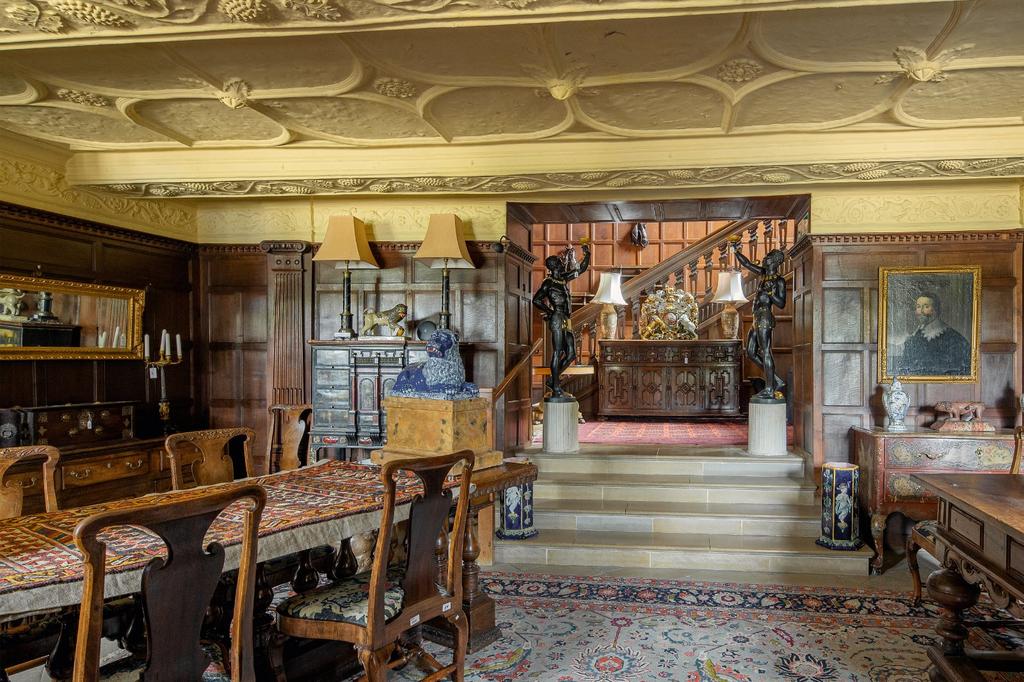
Writing in Country Life in September 1959, Christopher Hussey traced the evolution of the manor house from about 1580, when it was built as a dower house by Sir Edward Montagu, whose father ‘profited largely from the Dissolution and rose to be Chief Justice of the King’s Bench in 1539. After some unpleasantness over his support for Lady Jane Grey’s claim to the throne, he retired to Boughton, where he had housed himself in considerable style and where he died in 1557’. The house at Barnwell was enlarged by the 1st Lord Montagu in about 1640. Thereafter, Barnwell’s history merged with that of Boughton.
A century later, when the 2nd Duke of Montagu died without male heirs, the estates passed to his daughter, Mary, whose husband took the Montagu name and was created Duke of Montagu. Barnwell Manor was rebuilt at about that time. In 1790, Elizabeth Montagu, who married Henry Douglas-Scott, 3rd Duke of Buccleuch, inherited Boughton and Barnwell.
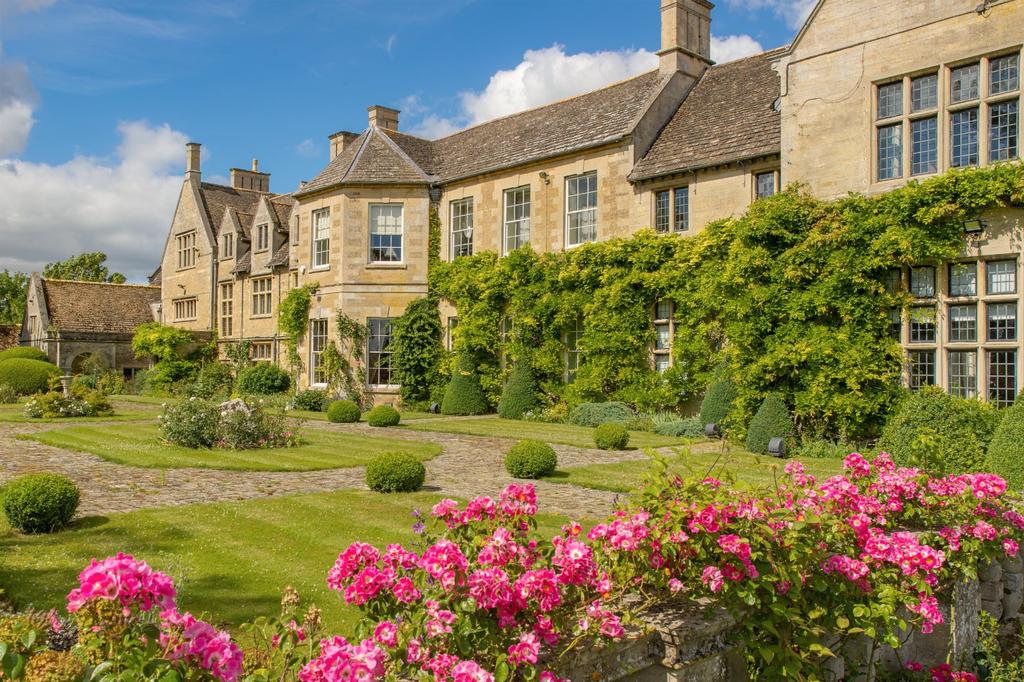
The Barnwell estate was disentailed in the mid 19th century and sold in 1913 to Horace Czarnikow, whose Polish father founded a successful sugar-broking firm and left a large fortune. Described as ‘a very small man’, Horace bought Barnwell for the hunting with the Pytchley and made extensive repairs and alterations to the house, rebuilding the east front and adding the taller cross-range at the north end.
He also laid out the garden, which extends east and north with yew hedges and paved paths, with the former, planted in 1921, dividing the lawns into large, sheltered enclosures. For Hussey, ‘one of the most effective introductions was the broad balustraded terrace along the east front, with steps to the lawn aligned on the Georgian bow, which succeeds in giving a certain unity to its varied architecture’.
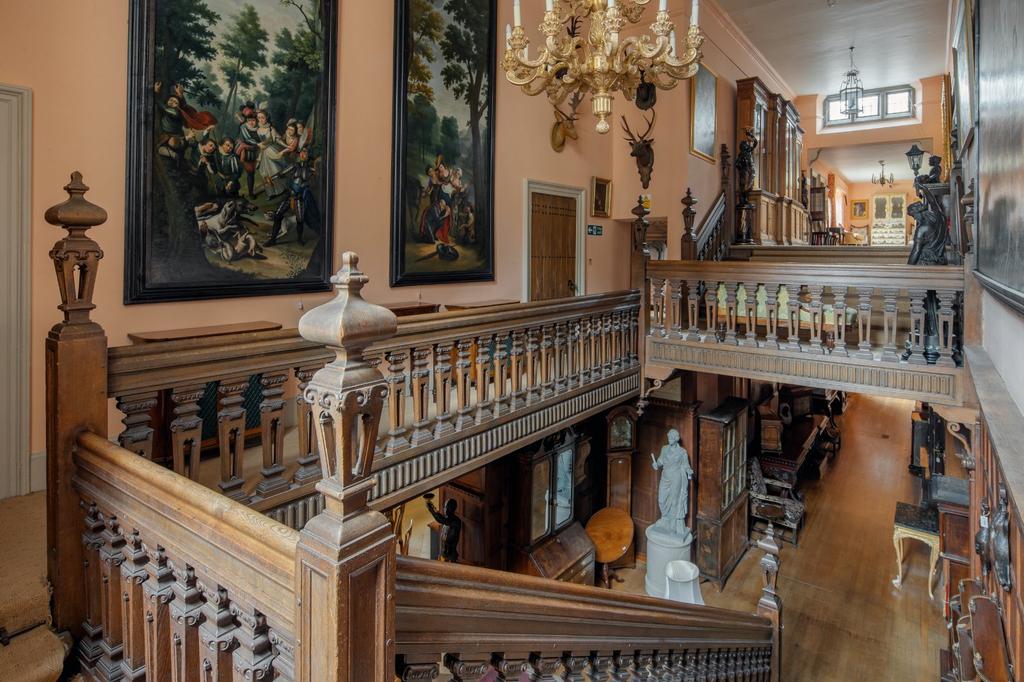
When, in 1938, the late Duke of Gloucester bought the Barnwell Castle estate, his wife, Princess Alice, was happy to return to one of the early homes of her Montagu ancestors, which her grandfather, the 6th Duke of Buccleuch, had sold to Horace Czarnikow 25 years previously.
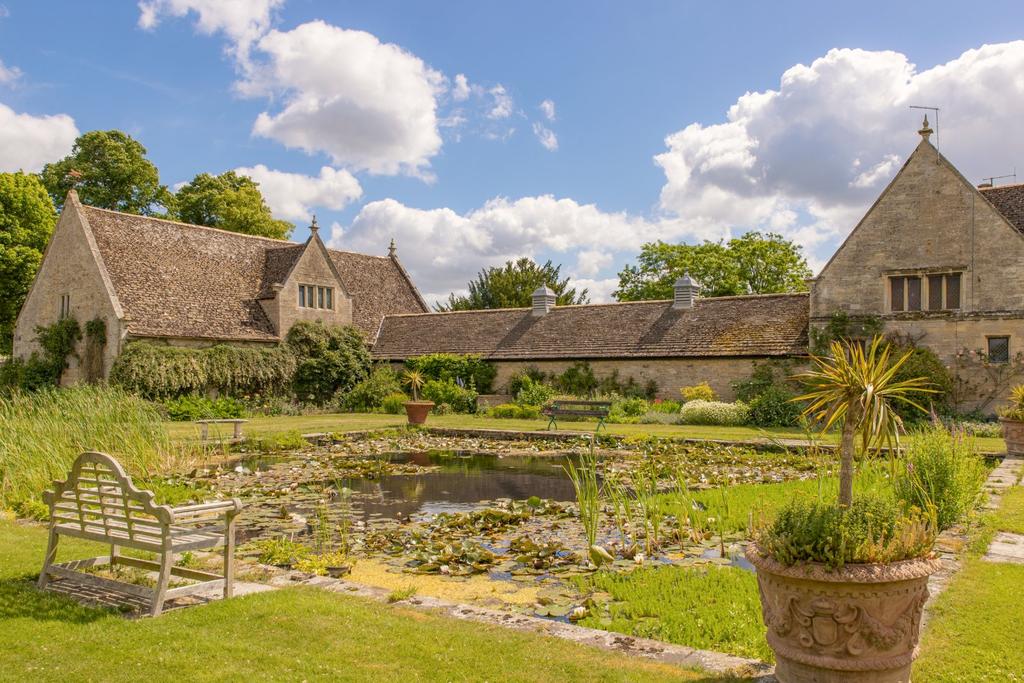
Barnwell Manor was the home of the late Duke and Duchess until 1995, when the family moved to Kensington Palace, since when the manor has been tenanted and used as an antiques showroom.
Barnwell Manor is for sale at £4.75m — see more pictures and details.
-
 How an app can make you fall in love with nature, with Melissa Harrison
How an app can make you fall in love with nature, with Melissa HarrisonThe novelist, children's author and nature writer Melissa Harrison joins the podcast to talk about her love of the natural world and her new app, Encounter.
By James Fisher Published
-
 'There is nothing like it on this side of Arcadia': Hampshire's Grange Festival is making radical changes ahead of the 2025 country-house opera season
'There is nothing like it on this side of Arcadia': Hampshire's Grange Festival is making radical changes ahead of the 2025 country-house opera seasonBy Annunciata Elwes Published
-
 Welcome to the modern party barn, where disco balls are 'non-negotiable'
Welcome to the modern party barn, where disco balls are 'non-negotiable'A party barn is the ultimate good-time utopia, devoid of the toil of a home gym or the practicalities of a home office. Modern efforts are a world away from the draughty, hay-bales-and-a-hi-fi set-up of yesteryear.
By Annabel Dixon Published
-
 Five beautiful homes, from a barn conversion to an island treasure, as seen in Country Life
Five beautiful homes, from a barn conversion to an island treasure, as seen in Country LifeOur pick of the best homes to come to the market via Country Life in recent days include a wonderful thatched home in Devon and a charming red-brick house with gardens that run down to the water's edge.
By Toby Keel Published
-
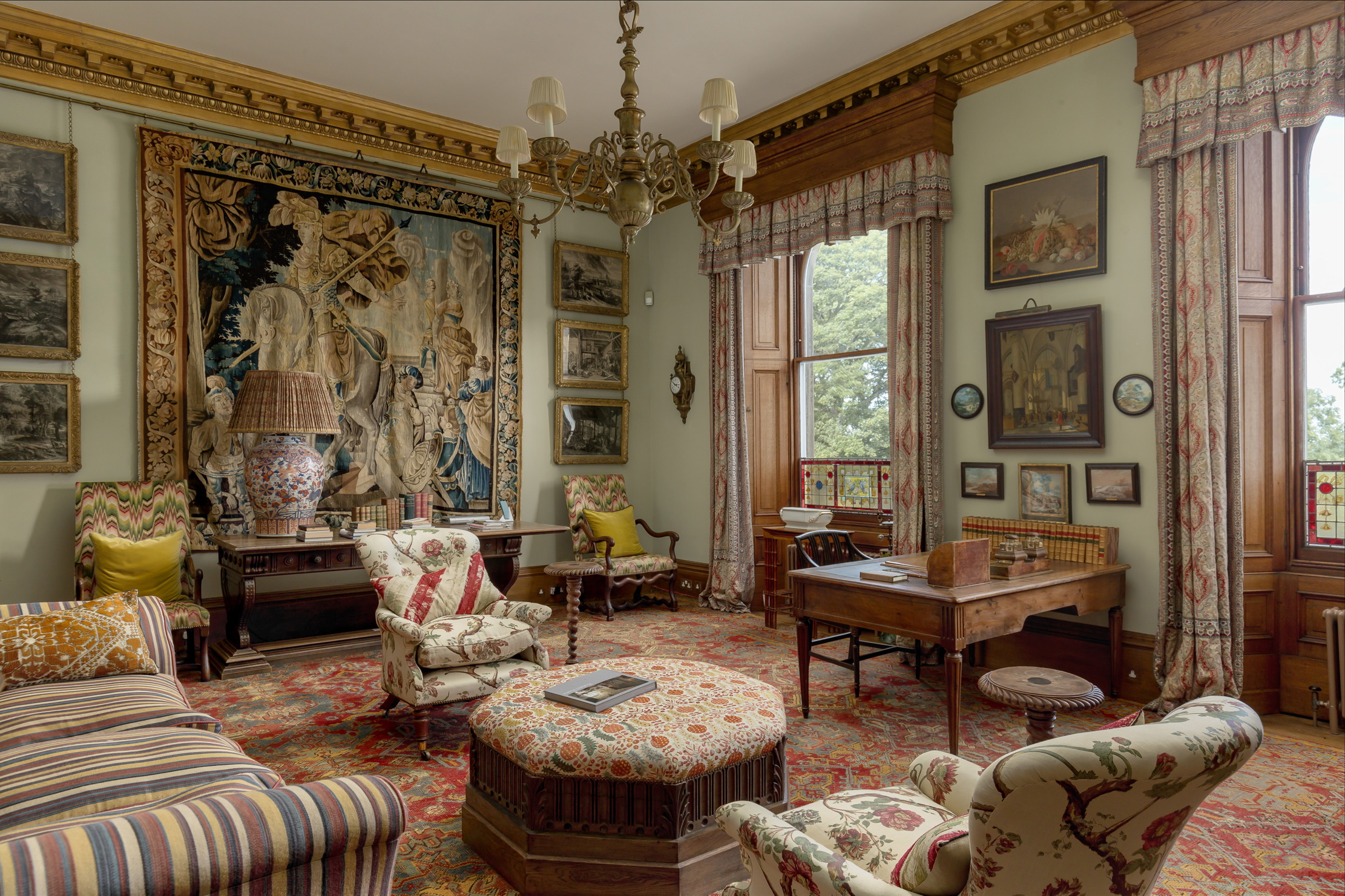 The finest interiors in Edinburgh? A seven-bedroom townhouse furnished by Robert Kime comes to market
The finest interiors in Edinburgh? A seven-bedroom townhouse furnished by Robert Kime comes to marketSituated on one of the New Town's grandest terraces, this four-storey property is a collector's dream.
By James Fisher Published
-
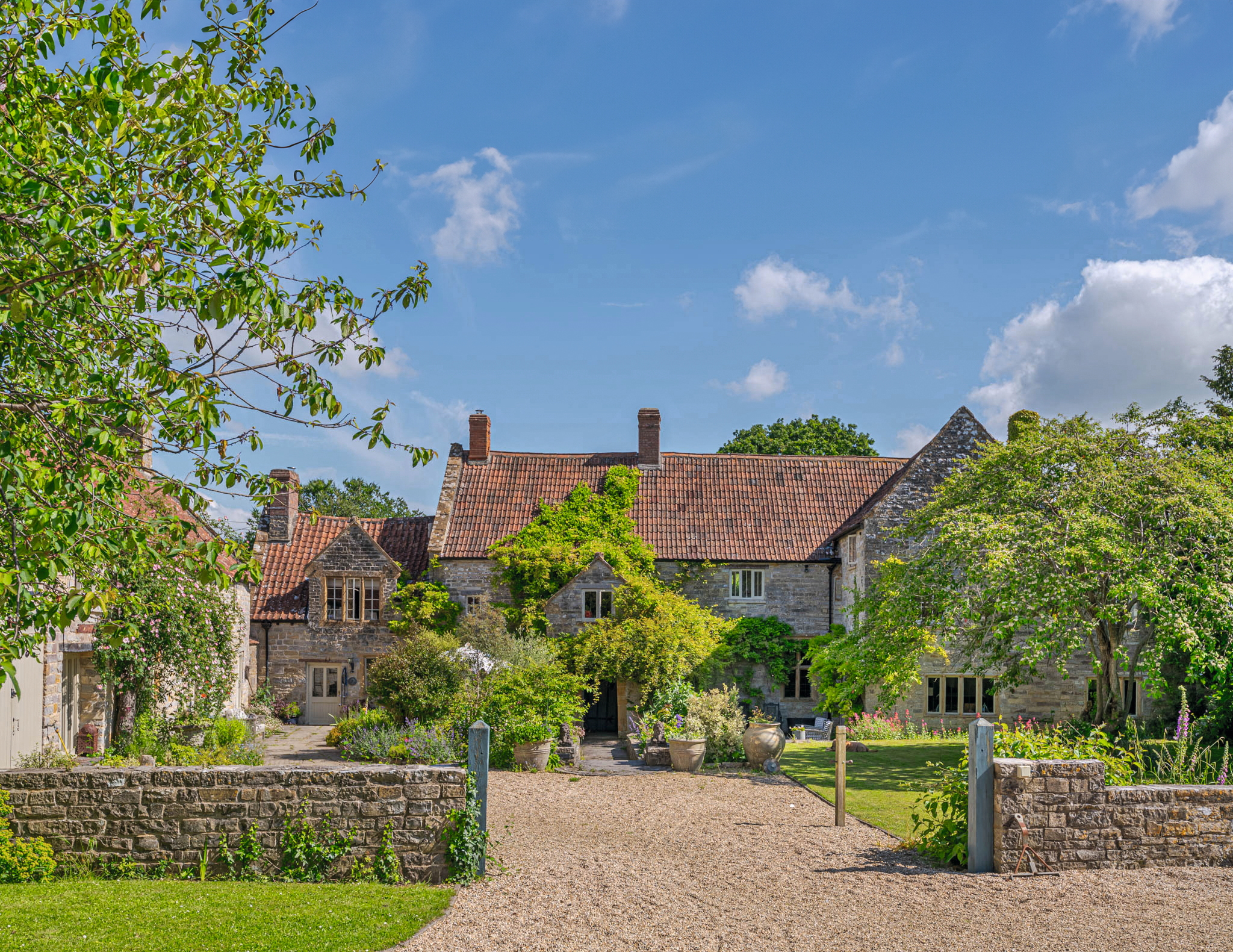 A Grade II*-listed country manor with one of the most beautiful drawing rooms in England
A Grade II*-listed country manor with one of the most beautiful drawing rooms in EnglandIf Old Manor Farm in Somerset is good enough for Pevsner, it's good enough for you.
By Penny Churchill Published
-
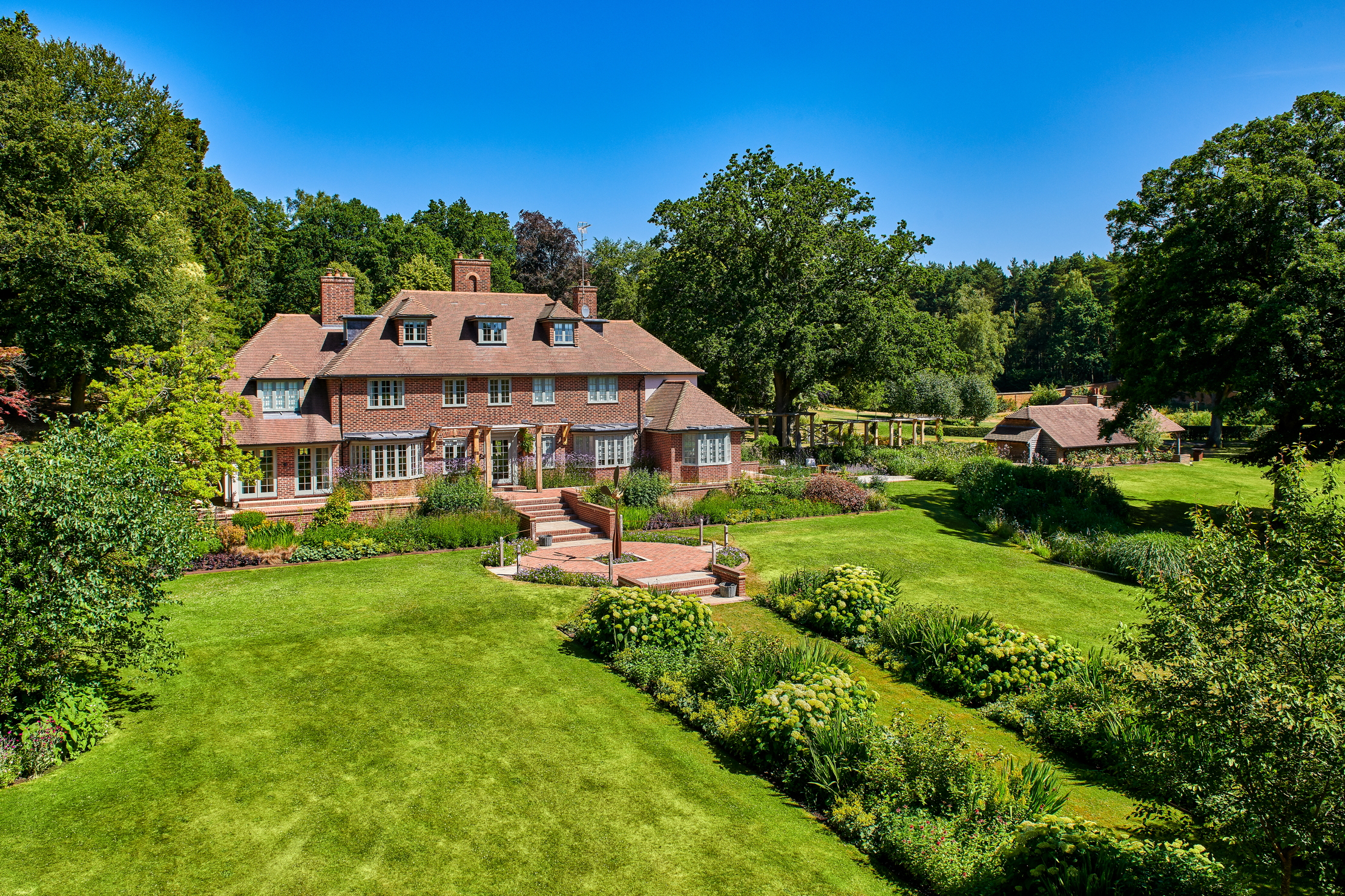 An eight-bedroom home in Surrey where an army of robots will look after your lawns
An eight-bedroom home in Surrey where an army of robots will look after your lawnsDo not fear the bladed guardians of Monksfield House. They are here to help.
By James Fisher Published
-
 A French castle for sale on the banks of the Dordogne? With a swimming pool? Where do we sign?
A French castle for sale on the banks of the Dordogne? With a swimming pool? Where do we sign?This chateau in Lalinde is nothing short of a historical delight in the south of France. And it comes fully furnished.
By James Fisher Last updated
-
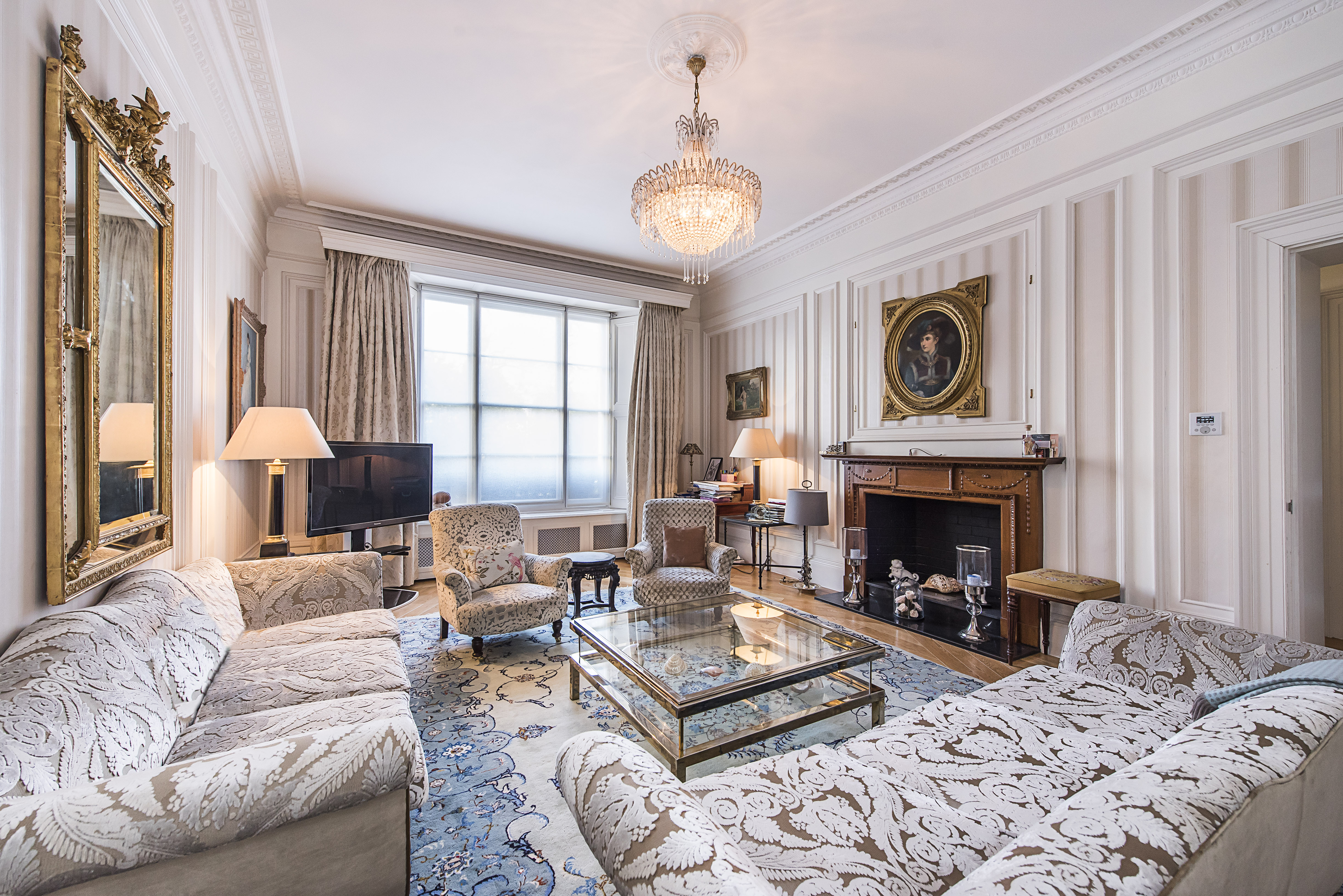 Sip your morning tea where Churchill once paced, as his former Pimlico home comes up for sale
Sip your morning tea where Churchill once paced, as his former Pimlico home comes up for saleThe five-bedroom flat in Eccleston Square offers ‘historical gravitas and modern comfort’ in a leafy pocket of London.
By Annabel Dixon Published
-
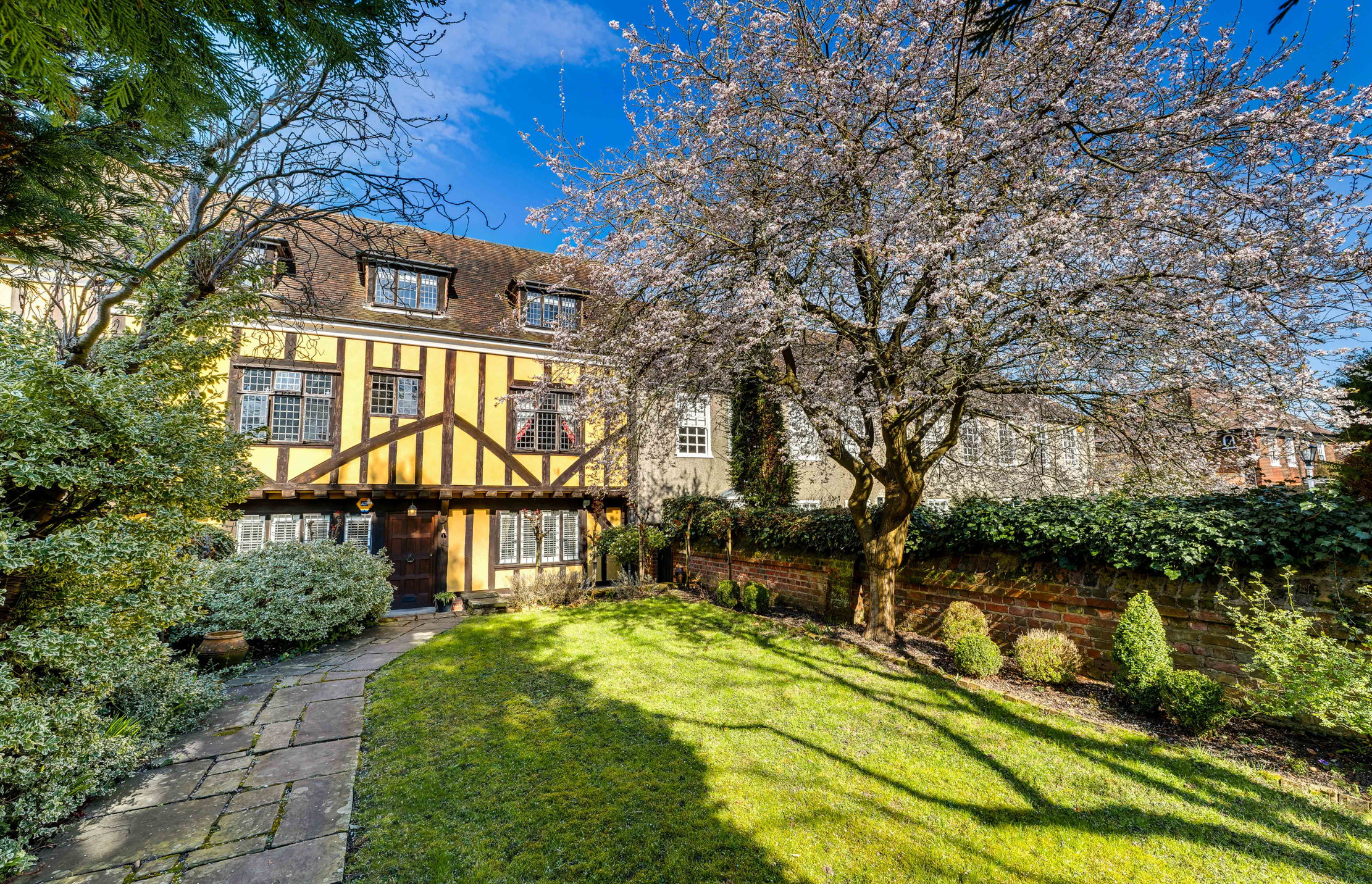 Live a life of Tudor fancy in this five-bedroom London home with links to Cardinal Wolsey and Henry VIII
Live a life of Tudor fancy in this five-bedroom London home with links to Cardinal Wolsey and Henry VIIIFans of Wolf Hall rejoice, as a rare chance to own a Tudor home inside the M25 comes to market.
By James Fisher Published
